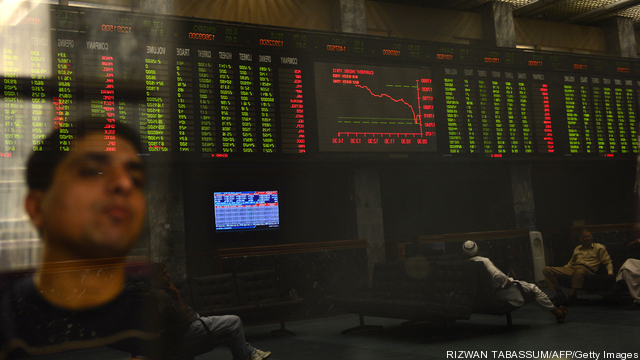
“No more Solyndras!” may make the headlines but money is continuing to be deployed in the green energy sector each year. It is a global phenomenon. According to an analytical service, Bloomberg New Energy Finance, the first trillion dollars was invested at the end of 2011 and the next trillion will be invested in five years. This is occurring because renewable energy technologies and clean energy are beginning to scale globally, due to cost reductions and wider deployments. Added to this reality is the phenomena of impact investing as younger people with money are more engaged in clean energy solutions. This factor is significant, with 52% of the world’s population being under 30 and generational wealth being transferred to the young.
Another factor in this rising green financial milieu is the nascent impact of crowd funding. Solar Mosaic, a photovoltaic solar play in New York and California, was able to raise $1.1 million in one day for several projects in multifamily housing. The projects are expected to generate 4.5% returns for many years. More capital will be flowing into US clean energy as community solar takes off and smaller investors, who are not accredited at $ 1million in net worth, begin deploying their capital in this sector. It is the law of large numbers and it is opening a flood gate
in innovative financing. The SEC has yet to write the rules of the game in this emerging arena catalyzed by the Jobs Act. Keep reading →










